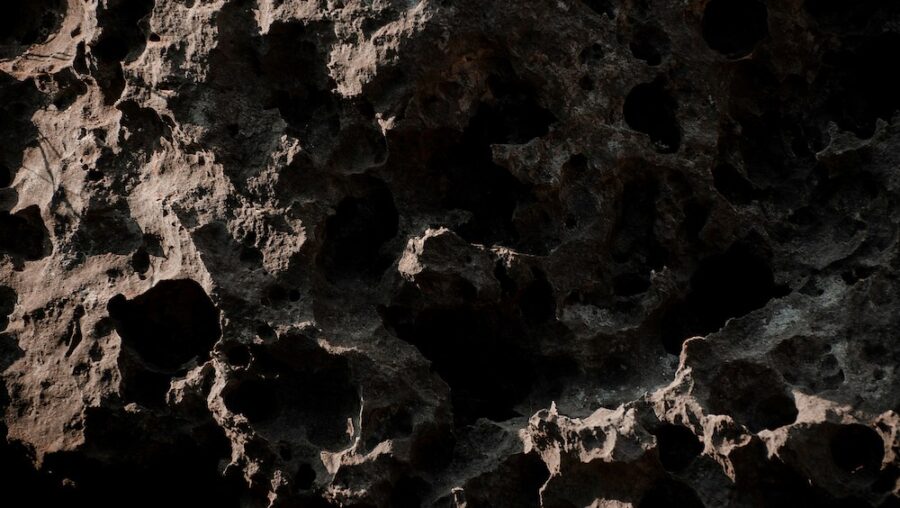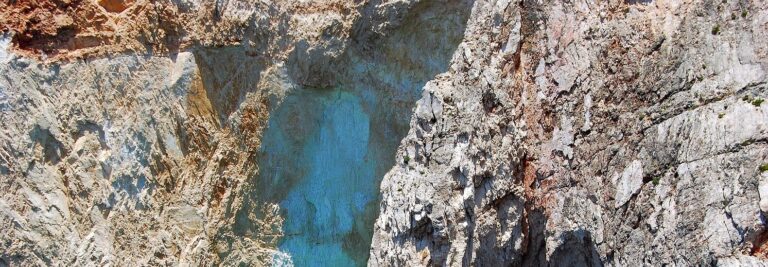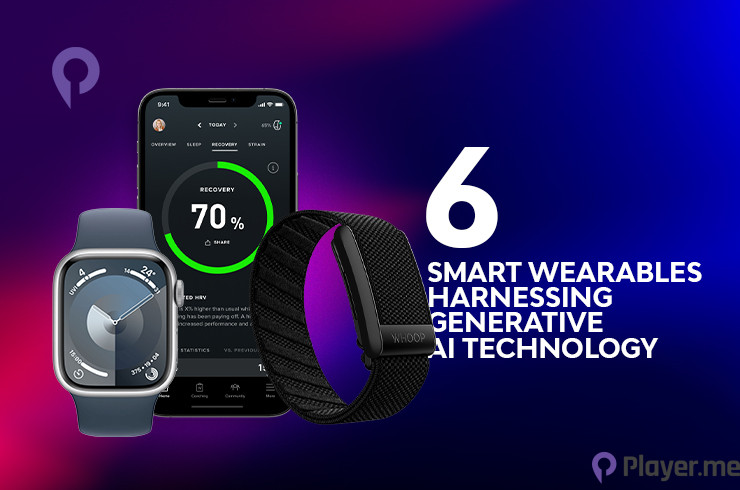
Audience
- Sentiment: Informative and Concerned
- Political Group: Supporters of science and technology
- Age Group: Younger audiences (teens)
- Gender: All genders
Overview
- NASA assessed a ‘city killer’ asteroid with a 3.1% chance of impacting Earth on December 22, 2032.
- The asteroid could unleash energy comparable to 533 Hiroshima bombs upon impact.
- NASA is actively working on missions to potentially divert hazardous asteroids to protect Earth.
The Asteroid Dilemma: Understanding NASA’s Recent Findings on “City Killers”
Imagine sitting in your classroom, learning about the universe. You’ve heard about stars, planets, and black holes, but what about asteroids? They’re not just giant rocks floating in space; some of them can pose a real threat to our planet! Recently, there has been increased attention around an asteroid that some scientists are dubbing a “city killer.” Let’s dive into what this means and why it actually matters to you.
What Is a “City Killer” Asteroid?
First things first—what exactly do we mean by a “city killer” asteroid? This is a term used to describe an asteroid that, if it were to collide with Earth, could cause massive devastation, potentially wiping out cities. The one that has captured everyone’s attention is a space rock that NASA assessed to have a 1.2% chance of impacting Earth on December 22, 2032. When news like this breaks, it can definitely make you sit up and pay attention! Just the thought of an asteroid flying toward our planet is a little nerve-wracking.
Now, to put those percentages in perspective: a 1.2% chance may not sound like a lot, but when it comes to life and death, those numbers can definitely give you pause. The more unsettling update came when this chance was readjusted to 3.1%. That jump may seem small, but in the world of space physics and potential disasters, it raised alarms all around.
The Science Behind the Risk Assessment
You might be thinking: why are scientists worried about just one asteroid? Well, every asteroid is unique, and scientists like those at NASA assess these objects based on their size, speed, and trajectory—or path through space. The asteroid in question is estimated to unleash nearly eight megatons of energy upon impact. To visualize that, consider that the atomic bomb dropped on Hiroshima released around 15 kilotons of energy. So, the asteroid’s energy could be comparable to around 533 Hiroshimas! That’s a lot of energy!
NASA uses advanced telescopes and computer simulations to keep an eye on these “near-Earth objects” (NEOs) and chart their courses. They collect data on their orbits and can estimate how close they will come to Earth. By analyzing the asteroid’s measurements and trajectory over time, NASA tries to predict the likelihood of a collision. However, the nature of space means that conditions can change, and what might seem like a risk today could become less threatening tomorrow—or vice versa.
Rising Concerns and Recent Relief
When the chance of a collision was initially announced, the media had a field day. Citizens around the world began to worry. Social media posts exploded with memes, horror stories, and debates about how to prepare for such an event. We humans can get a little dramatic, can’t we? But fear not! NASA quickly reassured folks that the likelihood of a collision is decreasing, which is definitely some good news!
NASA scientists launched further investigations to re-evaluate the asteroid’s path, and with more observations, they noted that the predicted impact could be less likely than they had initially thought. This shows how scientists work continually to understand space better and reduce fear with facts.
Why Should We Care?
So, why should you, as a 9th grader, care about asteroids and space threats? Well, for starters, understanding astronomical phenomena can help you appreciate the world around you. The universe is vast and full of mysteries, and learning about it can spark a love for science and exploration.
Moreover, our planet’s safety is a global concern. Understanding how agencies like NASA monitor asteroids can illuminate what efforts are in place to protect our world. Do you remember the movie “Armageddon”? While it’s packed with action and science fiction, it raises intriguing questions about our ability to prevent disaster from outer space. In real life, scientists are brainstorming ways to handle asteroids that may threaten Earth, from redirecting their paths to finding ways to destroy them before impact.
In recent years, space agencies have actually tested missions to assess whether we could divert an asteroid’s path safely. For instance, NASA’s Double Asteroid Redirection Test (DART) was designed to crash a spacecraft into an asteroid to see if it can change its orbit. That’s right—scientists are already concocting plans for an asteroid-tackling superhero mission!
What Can You Do?
You might be wondering, “What can I do about all this?” First, educating yourself about space science and technology can be empowering! You can follow news about asteroids, planetary defense strategies, and even pursue studies in fields like astronomy or engineering if you find this topic engaging.
Moreover, discussions about space can lead to bigger conversations about climate change, natural disasters, and safety measures here on Earth. Preparing for global challenges is essential, and understanding the potential threats from space can shape how we react to anything from extreme weather to potential asteroid impacts.
The Final Word
Asteroids may seem remote, but they have the power to affect our lives and the future of our planet significantly. NASA’s recent findings about the “city killer” asteroid serve as a reminder that while there are risks, scientists are dedicated to understanding and mitigating these dangers. Just think about it: if we can follow a rock floating in the void of space, maybe we can tackle other challenges on our blue planet too.
So, what do you think? Does the idea of asteroids make you feel nervous, or are you more fascinated by them? Do you think we should invest more in space science, or focus on problems right here on Earth? Drop your thoughts in the comments—let’s tackle this cosmic conversation together!






